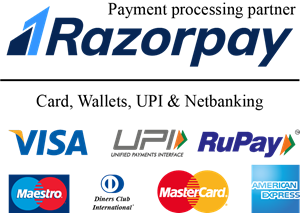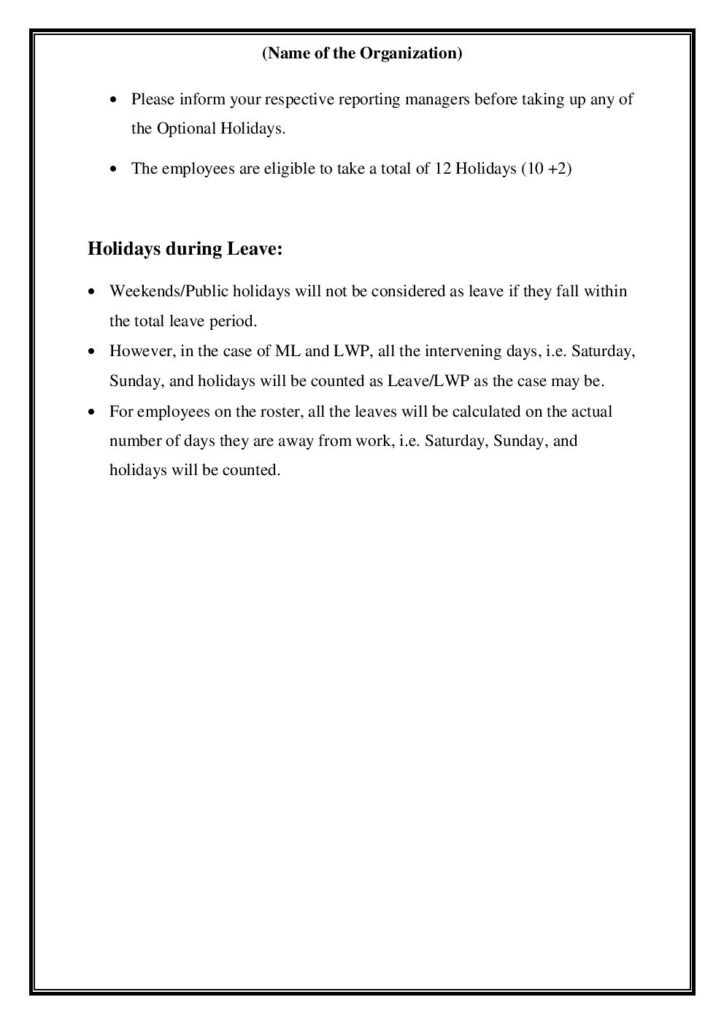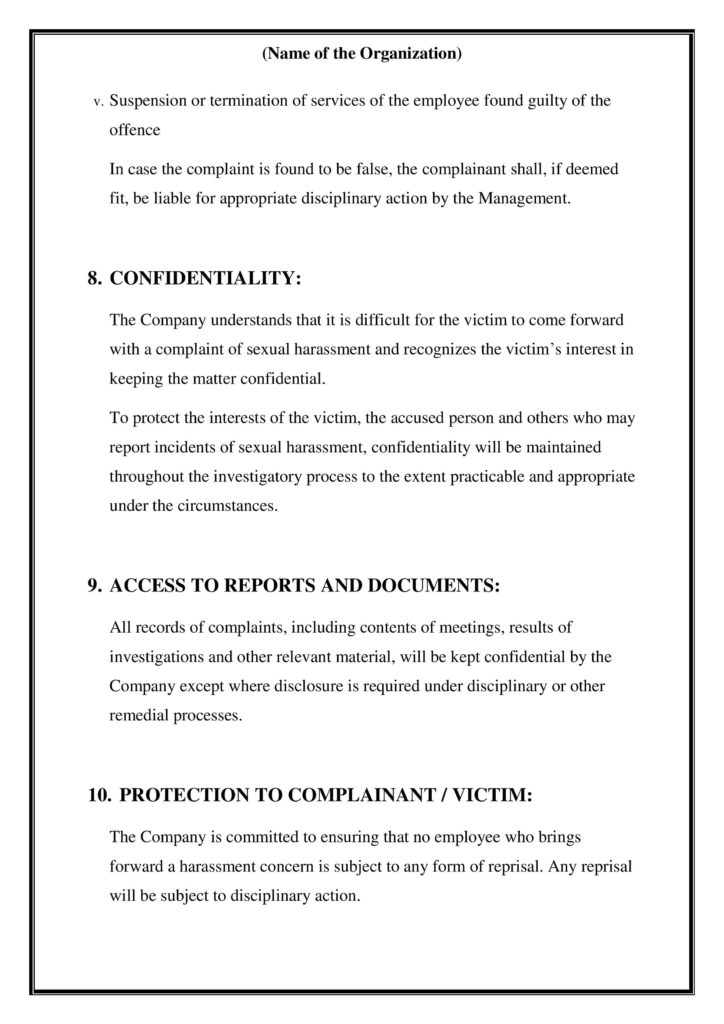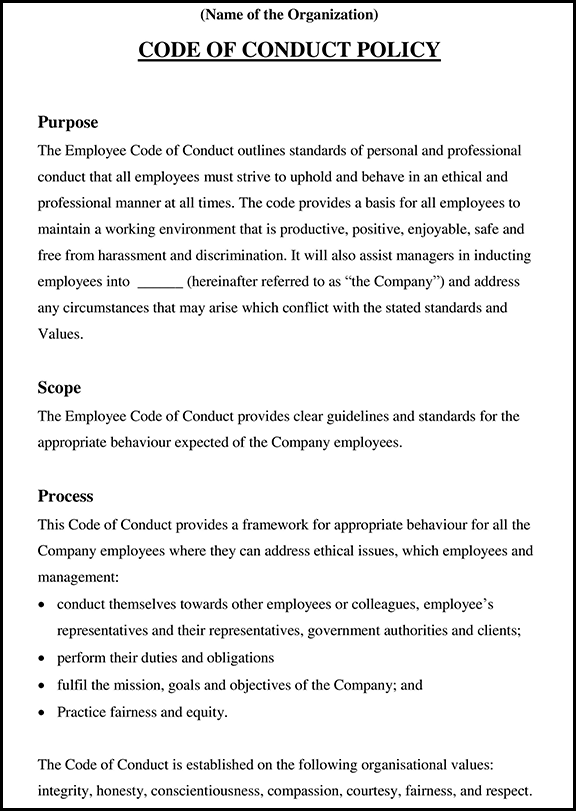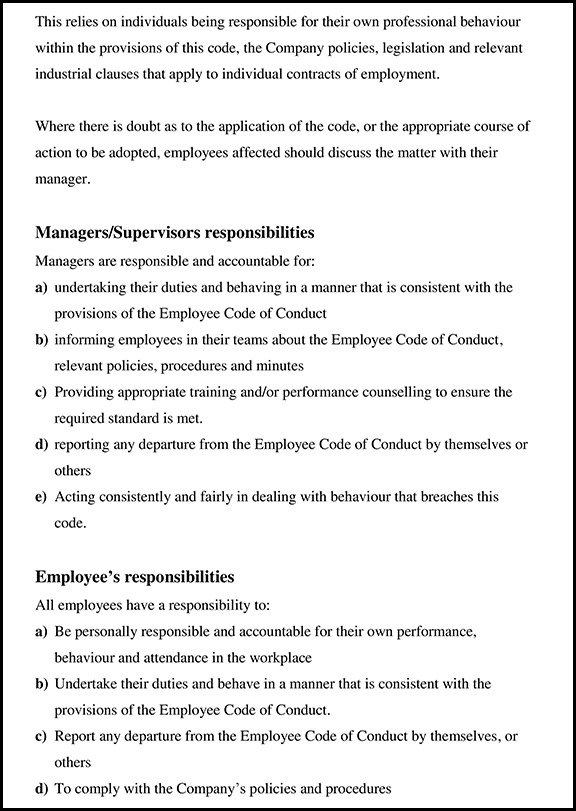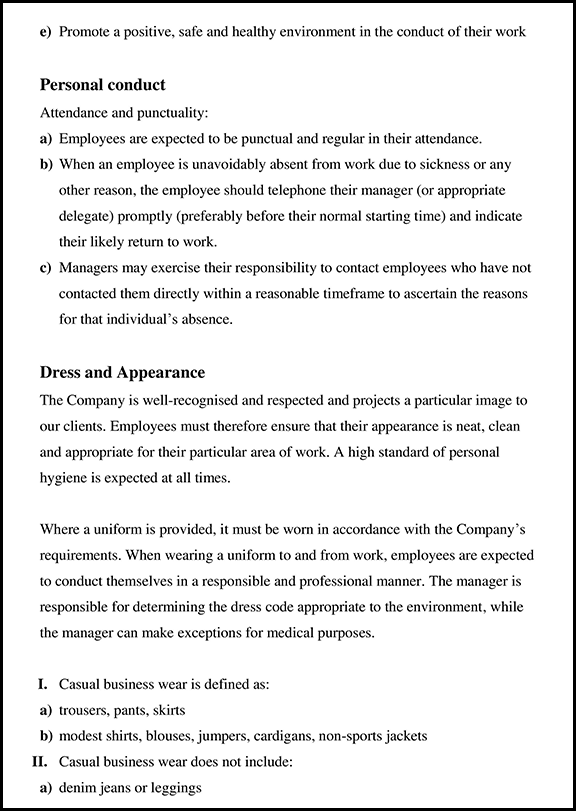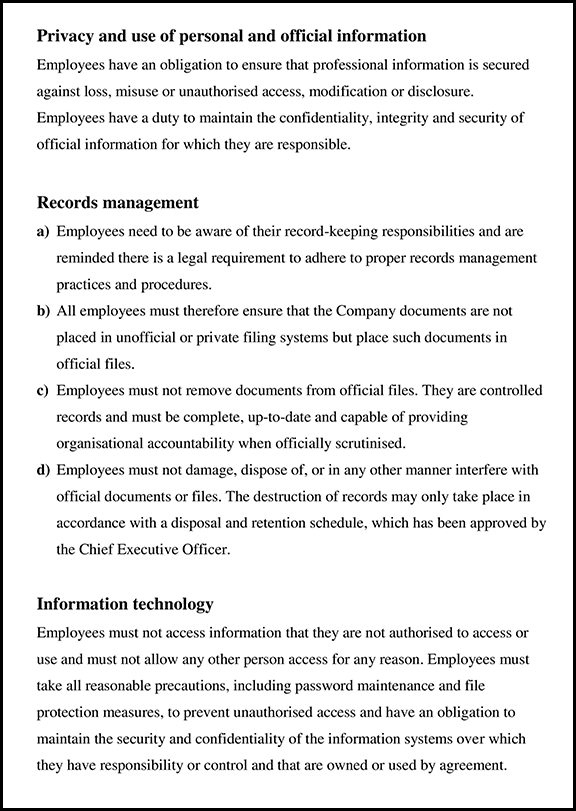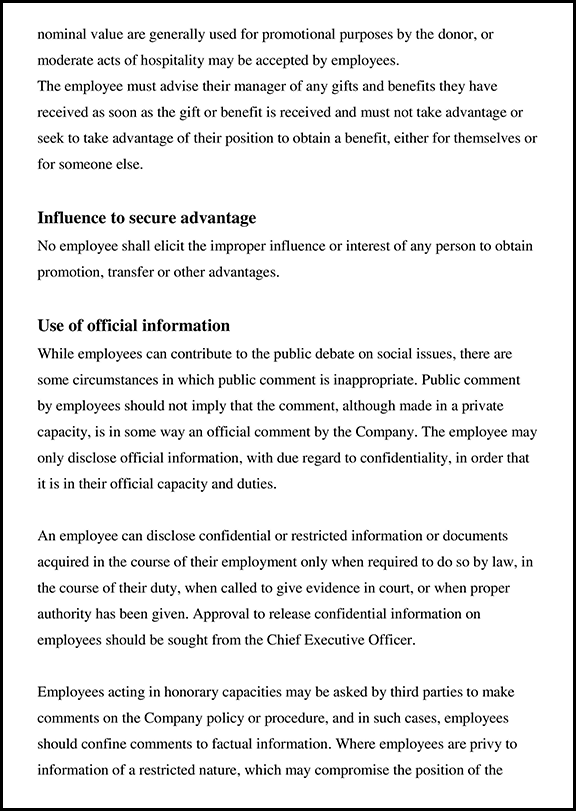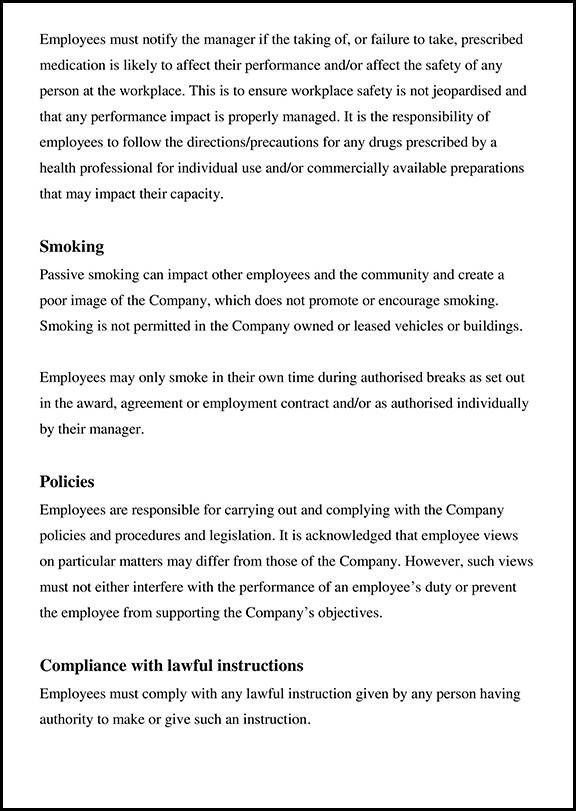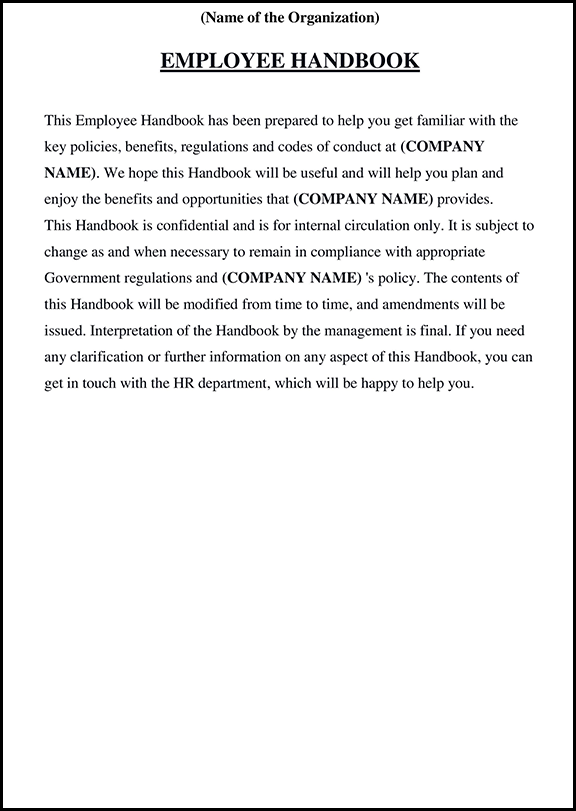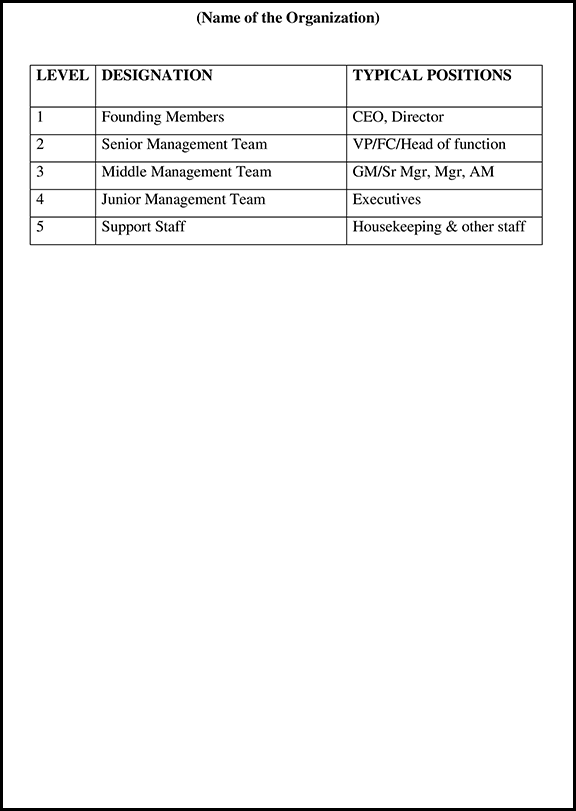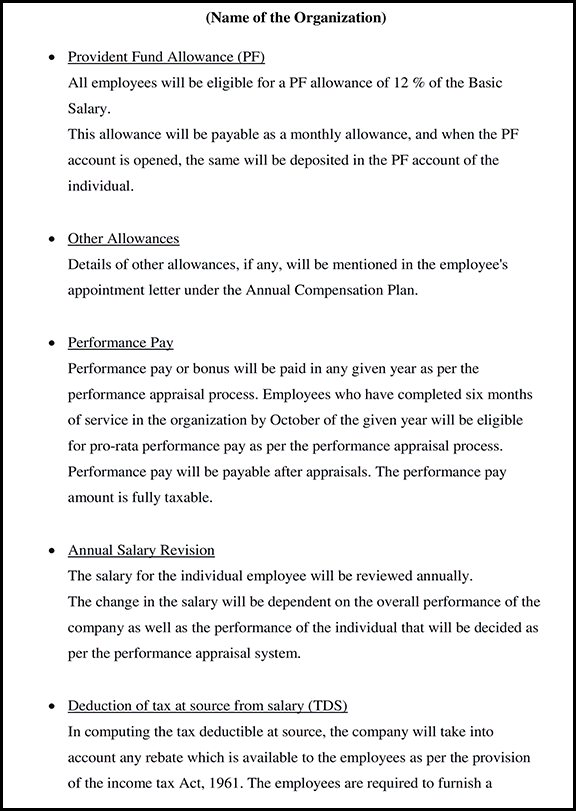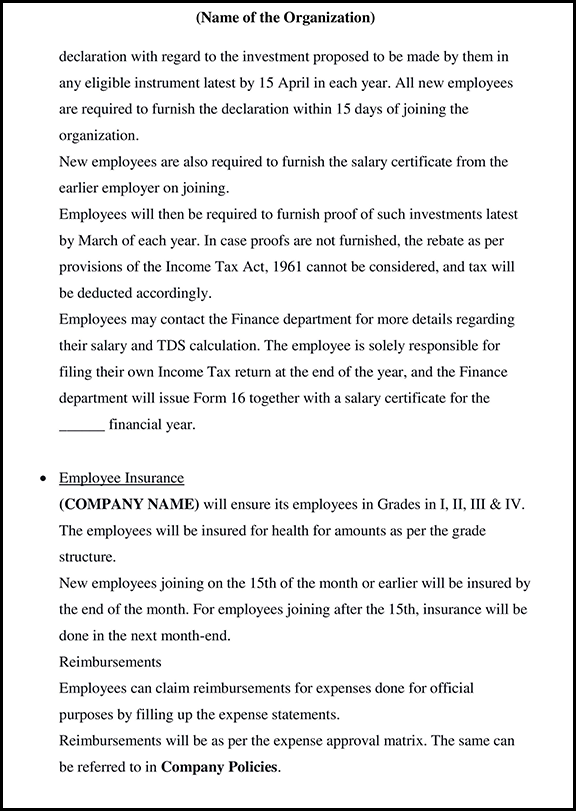
What is Employee Engagement and Why is it Important?
What is Employee Engagement?
Employee Engagement is a fundamental concept that helps to understand and describe both the aspects which are qualitatively and quantitatively, it can also be defined as the relationship between an organization and its employees. “Engaged employee” can be defined as a workplace approach that results in the right conditing of all the members of an organization to give their best work each day.
Truly committed & contribute to the goals and values of the organization. Studies show that 90% of business executives believe that engaged employees perform better and boost the success of their team as well as helps the organization reach a new height. An engaged employee comes with a positive attitude towards the organization and increases the value of the organization.
Employee engagement is a connection between the employee and his Organization. A well-executed engagement plan reflects the behavior and the level of effort an employee puts in. It is purely based on trust, honesty, communication, and commitment between the company and the employee. Proper engagement makes the employee feel connected to the Organization.
Employees who feel associated with their workplace tend to work harder, stay longer with the organization, and also motives others
When the Organization’s engagement with their employee is on point, it automatically shows excellent results in the Organization’s goal: profitability, revenue, productivity, and more.
According to a survey, more than 90% of the business owners and managers experienced that the employee who was properly engaged performed better boasted the co-workers’ success and added more to the Organization’s goal.
Definition
Employee engagement is an ongoing process, and organizations can run various exciting initiatives. It is a concept to understand the nature of the relationship between the organization and the employee.
Why Employee Engagement Important?
Employee engagement is essential for HR as well as the Organization as it shows benefits in Recruitment, Higher retention, Increase in productivity, job satisfaction, Increased employee safety, Better employee health, Employee satisfaction, Better personal life, Lower absenteeism, Employee loyalty, Better quality work, Higher profitability, etc. Just imagine how hr processes well things can go when an organization executes engagement in a proper manner.
In a recent survey done in India with 1000+ Employees and Managers, researchers found that 80% of Managers and higher Authorities felt that Employee Engagement is the most crucial factor for overall company success. Even though the engagement plan does wonders to the organizations, only 30% of employees are engaged, which is a common sign.
This could be the cause of the Organization’s many factors such as lack of recognition, inadequate education/knowledge, Inability to affect change, poor relationship development, and insufficient motivation. Higher authorities of the company need to add engagement as a business objective. A well Engaged Employee leads to better productivity, growth of the Organization as well as the Individual.
How do You Build Employee Engagement?
Best 15 Ways to Increase Employee Engagement Activities
1. Fun in the Fundamentals
While work is routine, making work enjoyable can be an experience in itself. Work can be broken down into tasks and enjoyable experience through different approaches. Making work interactive through teamwork, allowing flexible work hours, and some fun activities. Employees need to enjoy work, and then, productivity is rest assured.
Employee Team building outdoor activities can be organized, which will not only bring energy, eagerness, and enthusiasm towards work but at the same time, foster better relations with colleagues.
2. An Open Voice
Organizations display their native culture; some are very liberal, some conservative, and others struggling mid-way. If a company wants to lead its employees towards their next successful milestone, it has to practice a culture of openness. Employee engagement is an endeavor worth engaging in for most organizations.
Freedom of expression is the fundamental element that eases culture barriers and communication patterns. Expressing ideas, thought processes, the right of holding an opinion should be a practice across hierarchies and it should not be debatable discussions but healthy brainstorming exercises.
Line managers should be open to the idea of listening to their subordinates and documenting and implementing their ideas if practically feasible. Having this practice not only opens communication between hierarchies but also ensures a mature relation between them.
3. Visibility Rewards
Nothing makes a person elated than having that slight edge of acknowledgment. If your employees have done something credible like – completing higher education, supporting a philanthropic or conservation mission, aiding CSR activities, assisting colleagues with their office activities, or an urgent matter that made a difference, acknowledge them. Acknowledge and offer visibility on the company platform. Nothing engages a person more than positive visibility.
Rewards & recognitions can elevate the motivation some notches higher and create an environment of success and growth. Visibility also enhances the working standards of employees, creating indirect aspiration in them towards a desire to been known. An aspired employee will undoubtedly bring a lot to work than just abiding by the mundane responsibilities.
4. Personal Engagement
Let work not be the only work in the workplace. Create an environment that breaks the monotony. Coffee hangouts or table games, discover the plethora of options that you can engage in to de-stress your employees. employee engagement is also seen as a very vital process, and teams and activities are created to bring a unique and engaging experience
Facilitate the employees to take some time free every day just to logout from the regular work and refresh. Create an eco-system that brings in a practice of interactions across departments. Facilitate cross-departmental engagements by encouraging employees to conduct expert talks, health & fitness regime, value-added future growth options, hobby ideas, and many other initiatives that can engage employees. Productivity sure comes as a promising result.
5. Job Rotation
Employee job satisfaction is an age-old activity of job rotation. With the turn of decades, job satisfaction has come to adapt to the role of engagement. The idea is to create a conducive environment where the employee finds growth.
Some Job rotation activities can bring a difference to a certain extent, except if the job demands unique skill sets. Once in awhile, job rotation can wipe out all the monotony and lethargy and bring a refreshed working environment. An employee can also explore the potential to handle other job functions and to specialize or withdraw from the previous.
Job rotation is a little restricted these days, considering the skill specialization. However, some processes overlap, and some skills can be accommodated across processes. Where job rotation is marked by skill specialization, process rotation can be presented as an option to employees.
6. Shadowing
Shadowing can be a process with new employees in an organization. New employees are allowed to shadow their seniors or line managers to understand the tasks practically. Shadowing is not a new concept. However, we have seen trainee doctors shadowing senior doctors on their rounds, and studying each patient case by case, arriving at a diagnosis and treatment approach. Shadowing is mostly not a feasible option for corporates or organizations, given the extent of work engagements the senior or line manager might himself/ herself have.
Once in a while, arranging shadowing sessions not only for the newer employees but existing ones can make tasks more manageable. Shadowing can sometimes help experienced employees with the employee learning existing tasks in a new light and approach.
This is an experiential way of learning and can be very enriching in developing an interest in work and processes for a new employee. Shadowing also creates a personal touch in relations between seniors and the new employees and fosters job engagement.
7. Mentoring
A leader or a senior management professional should not just remain in his/her role as a boss, but can also extend help as a mentor. The employees might be going through different phases in life, emotional, psychological, financial stress, or lack of guidance. Being a mentor can establish a different level of relationship and will undoubtedly ensure a deeper level of employee engagement.
8. Clarity of Roles
Clarity of roles is a fundamental aspect of work function that will help solve impending issues. The ambiguous goals and expectations from an employee but also, the gap in communication skills between employee and management, such unclear reporting patterns can create a sense of unclear practices. A structured, streamlined process well followed can enhance not only productivity but foster better relations at work, increasing engagement.
Job expectations and job roles should be well defined and communicated in advance to line managers and reporting managers. Job expectations and work profiles once set can also help evaluate employees during yearly appraisals. Ambiguity in roles will create gaps between expectations as well as results, which in turn will have adverse effects on the working environment and performance appraisals.
9. Retaining Internal Esteem
In the case of job vacancies, companies should ideally promote an employee within the organization. A promotion might bring a good boost and would engage the employee further in delivering better towards the goals. For senior management, usually, succession planning is mapped, but the same can be considered and practiced for promising middle-level management employees.
By promoting an employee internally, you can retain the internal esteem and save on time and effort at recruiting someone new to the company culture and pattern. Promoting employees within organizations can also create an environment of growth within the organization and to a large extent, curtail employees from seeking better opportunities outside.
10. The Right to Education
Motivate employees to pursue further education. Allow them to explore a more extensive ground in their domain of expertise. Present them opportunities that talk about various growth options and career choices. Organizations can sponsor bright and prospective employees for certifications and workshops that can not only add value to their current jobs but also bring value to the employee in the long run.
Bring out scholarships, sponsorships, or education loans to the much deserving employees. To identify the worthy is the work of a senior. Recommendations and the right approach to this initiative will undoubtedly engage a client longer in the organization.
11. Dress Code
Dress code is just a pattern to perform. If your company does not demand to be in the strictest work attire, let loose on the dress code policy. We are in the age of digital meetings and virtual presentations, and clients rarely do visit the office. Unless you have major sales staff that go on client calls, a retail unit, or a manufacturing unit where uniform and safety parameters are a mandate, the company should relax on the dress code.
Ensure a policy that ensures appropriate office dressing, however. A relaxed dress code subtly, but brings in a casual work environment. It should be yet another way of communicating with your employees that your dress code does not matter, but your work.
12. Pot Lunch or Dinners
Food is a satisfactory feeling that bridges many gaps. Once in a while, engage in a pot lunch activity in the office. Also, pot lunch can be a very indulging activity, considering the planning itself is a fun process. Once the taste buds are happy, you become inviting to conversations & discussions off-work.
Once in a while, companies should plan out dinner parties with employees. Some companies also go to the extent of sponsoring lunch in the office campus. Get-togethers over food are welcome, though restrict to serving or offering alcohol as that might create another environment altogether. The idea is to foster better and clear communications, after all.
13. Mass Attendance at Events
Bring in your employees to attend upcoming cricket matches in your nearby stadium. Sponsor tickets for sports activities or adventure endeavors for exclusive office groups. Also, such activity can ensure a tight bonding amongst employees.
More so, make it real for the employees by planning sports activities internally within the employees. This activity will encourage a different level of encouragement and participation with assured bonding. Such events should also promote the involvement of senior management professionals to create an environment of oneness.
14. Work Towards Philanthropy
Philanthropy does not touch everyone, but a noble cause well driven in an organization can surely encourage employees to participate. Employees might not involve solely in philanthropic activities out of choice. However, as a team, out of respect and bonding, employees might come together.
A considerable change can be sought that could not only affect the noble cause but also ensure engaged employees. Conservation activities that demand continuous engagement can also be selected to change the pattern and to introduce a more significant change in the environment.
15. Family Day
Simple and best employee engagement strategy any company can deploy. Also, mark your organization calendar with one day that brings all the employees’ families to the office. Let the employees flaunt their workspace and introduce their colleagues to their families.
Awards & Recognitions day can be practiced on this day to bring a sense of deep recognition. Employees will feel genuinely recognized when their families are witnessing the acknowledgment. Make arrangements for a lavish dinner spread post the event.
Different organizations, different approaches, however, what works for your organization is a story of trial and tests. Come up with innovative means to hold back your much precious asset in the company- the human factor.
Employee Engagement Strategies
To measure the level of employee participation in your organization, you need to identify what your organization is doing well, along with where you need to improve. With the right tools for measuring engagement, you will be able to build a strong engagement strategy. Measuring engagement is not concrete, and there are various ways of getting the results.
1. Survey
Surveys are used primarily to gather information on a particular topic. Oftentimes, this information can range from market research to getting insights about your organization. Surveys are easy to design and distribute, and also, they can be analyzed in real-time with the help of software. Surveys are a powerful tool for decision making within any organization.
2. Transparency
Transparency paves the way for an organization to be successful long term. It builds trust between employees boosts morale and builds an ethical culture in an organization. A transparent work culture promotes the flow of information freely between departments, and it strives to improve constructive communication.
3. Focus on Long-Term Success
Organizations need to have a concrete strategy for long term success. This starts with the kind of employees you hire, the kind of work culture that you build and the brand that you promote. Long term success defines a vision of where your company would be, say in the next 2-5 years. Having long term goals often sheds light on short term decision making in any organization.
4. Be Flexible
The world is evolving and so is your organization. Rapid changes in technology coupled with fluctuating markets and politics make for an unpredictable workplace. Flexibility can help you adapt to changes that happen in your company. Also, if you are flexible, you will be able to adapt to different job roles, teams and new workplace technologies with ease.
5. Exit Interview
Exit interviews are conducted when employees leave an organization. Also. this interviews help an organization to find out their strengths, weaknesses and scope of improvement. They enable an organization to find out why their employees are leaving and what they liked best. When tracked over time, exit interviews can marginally enhance employee retention in your organization.
Join a Community of 1,00,000+ HR Professionals






